Biology Assignment: Laboratory Report On Fermentation Of Different Sugar
Question
Task: Purposeof biology assignment: A laboratory report requires that you record, interpret, and communicate information about an experiment that you performed in the lab. In the process of writing a laboratory report, you will analyze data, critically think about what the data means, explain the data in a clear, scientific manner, and make connections between the experiment and the real world.
Answer
Introduction to Biology Assignment:
It is a natural process for the cells to acquire the energy and then utilise it for carrying out the basic functions like growth, movement, division etc. The energy can be acquired by the help of sunlight for making glucose or by the consumption of organisms containing glucose. The plants as well as organisms break down the glucose for harnessing the energy stored for doing useful activities. If all the energy stored in the glucose is released at one time, it can lead to the damaging of the cell. The cellular respiration is the process which helps in harvesting the chemical energy present in glucose by breaking it down into water and carbon dioxide. It leads to the creation of high energy molecules of ATP. The cells carry out the process of fermentation if oxygen is not present. It generates less ATP as compared to the aerobic respiration (Cerda, 2016).
If the environment is deficient in oxygen, then the energy is captured by the cells from glucose using the process of glycolysis and fermentation. A few cells like yeast use fermentation even when oxygen is present. The cells can regenerate NAD + by fermentation. It can be useful for glycolysis process. The reaeration of NAD + in case of yeast takes place by alcoholic fermentation which consist of two steps. Initially, on the conversion of pyruvate into acetaldehyde, the carbon dioxide is released, then the reduction of acetaldehyde is carried out by NADH into ethanol. This regenerates NED +. Here, carbon dioxide is not produced and lactic acid is produced (McClure, 2013).
Objective:
In this experiment yeast has been used for the fermentation of different sugar. Here, glucose and fructose are mono saccharides. Sucrose is a di saccharides which consists of a combination of glucose and fructose. In the sugar fermentation by yeast, there is a release of carbon dioxide gas. A small amount of yeast and the sugar solution can be placed in the fermentation tube. When there is a production of carbon dioxide, there is a collection of bubbles on the top of the tube. Its height can be measured in centimetres using a scale. Here, the bubble height is compared for seven different solutions. The tubes are labelled properly for correct identification of the solution in each tube. Once the solutions are mixed into the tube, the tubes are tipped, and placed in water bath. The readings are then taken once the gas is released (Rees, 2021). The objective is study of fermentation using yeast.
Hypothesis:
I hypothesized that the 7 solutions (Water, Starch, Orange Juice, Fructose, Sweetener, Glucose, Sucrose) have different bubble heights based on the bubbles produced.
Procedure:
The material required for the experiment includes 100 ml beakers (3), 10 ml graduated cylinders (3), three pipettes, seven fermentation tubes and a marker. The seven clean fermentation tubes are labelled using number 1 to 7. A beaker is taken towards the room side and 50 ml stock yeast suspension is obtained. Before dispensing, the suspension is mixed well by the help of graduated cylinder in the tray, 5 ml yeast suspension is measured and poured in every fermentation tube, a pipette is used to obtain the exact amount (Srivastava, 2020). In the next step 7 ml of a solution is added to each tube. The measuring and pouring process is carried out using a graduated cylinder- 7 ml of glucose solution is added to tube 1, 7 ml of fructose solution is added to tube 2, 7 ml of sucrose solution is added to tube 3, 7 ml of water solution is added to tube 4, 7 ml of orange juice solution is added to tube 5, 7 ml of starch solution is added to tube 6 and 7 ml of sweetener solution is added to tube 7.
The fermentation tubes are then tipped for filling up the liquid column of every tube with liquid. The tubes are then placed in a water bath at around 37 degrees Celsius. The amount of carbon dioxide is then monitored for each of the tubes by the measurement of bubble height. Then, all the tubes are washed and rinsed and cleaned thoroughly (Verdú, 2015).
Results:
Here, fermentation process has been studied. The independent variable for the experiment includes 7 solutions. The dependent variable for the experiment includes the height of the bubbles. The glucoses are the positive control experiment and water is the negative control experiment. The Table 1 shows the bubble height obtained for various solutions.
Table 1
|
Solution |
Bubble height (in cm) |
|
10 % Glucose (10g/100ml) |
8.40 |
|
10 % Fructose |
6.50 |
|
10 % Sucrose |
9.1 |
|
Water |
0.6 |
|
Orange Juice |
2.25 |
|
Starch |
1.20 |
|
Sweetener |
7 |
A graph has been plotted for the bubble height for each solution tested as shown in Figure 1.
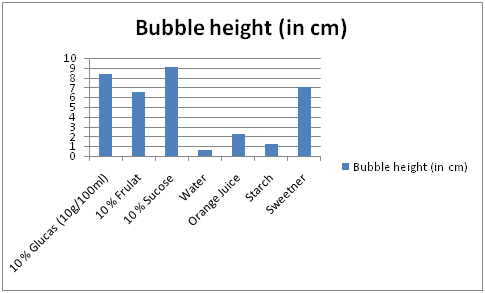
Figure 1
Discussion:
It has been observed that the bubble height follows the following ascending order:
Water, Starch, Orange Juice, Fructose, Sweetener, Glucose, Sucrose.
Real world importance:
The demand for energy has been increasing in the recent years because of increase in population of the world as well as modernisation. The prices of fossil fuels have increased drastically. The use of biofuels is recommended as a renewable fuel. Ethanol can be produced by the fermentation of starch or sugar which is present in various crops. It helps in reducing the pollution levels. The production of ethanol can be carried out using corn etc. which can be obtained as bio products in crop harvesting or forest wastes.
References:
Cerda-Drago, T. G., Agosin, E., & Pérez-Correa, J. R. (2016). Modelling the oxygen dissolution rate during oenological fermentation. Biochemical Engineering Journal, 106, 97-106.
McClure, D. D., Kavanagh, J. M., Fletcher, D. F., & Barton, G. W. (2013). Development of a CFD model of bubble column bioreactors: part one–a detailed experimental study. Chemical Engineering & Technology, 36(12), 2065-2070.
Rees-Zimmerman, C. R., & Chaffin, S. T. (2021). Modelling the effect of bioreactor height on stripping fermentation products from the engineered bacterium Geobacillusthermoglucosidasius. Biology assignment Biochemical Engineering Journal, 176, 108195.
Srivastava, A., Kikuchi, K., & Ishikawa, T. (2020). The bubble-induced population dynamics of fermenting yeasts. Journal of the Royal Society Interface, 17(172), 20200735.
Verdú, S., Ivorra, E., Sánchez, A. J., Barat, J. M., & Grau, R. (2015). Relationship between fermentation behavior, measured with a 3D vision Structured Light technique, and the internal structure of bread. Journal of Food Engineering, 146, 227-233.
Appendix :
The various images of results have been shown in Figure 2 to 8.
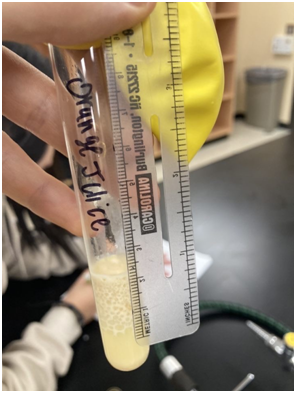
Figure 2
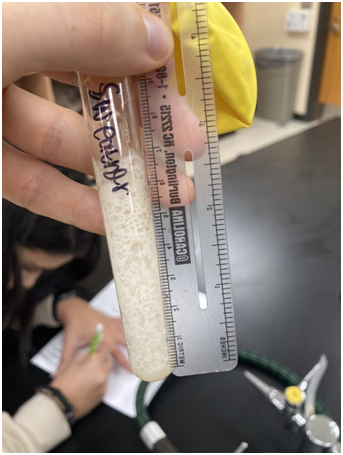
Figure 2
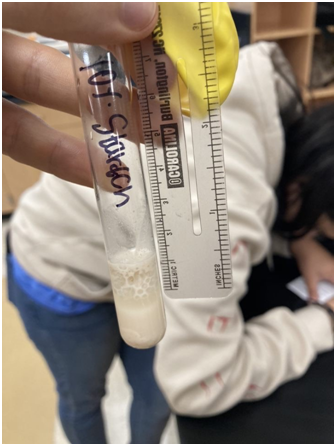
Figure 3
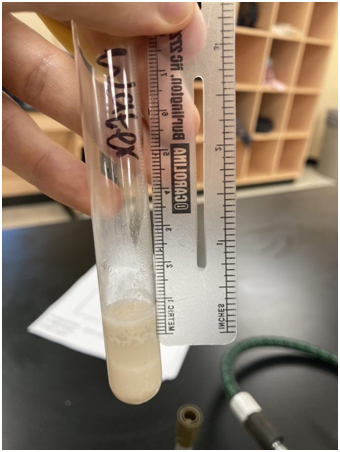
Figure 4
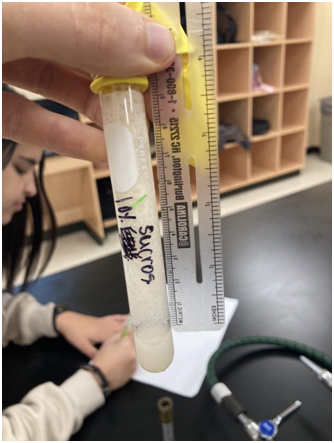
Figure 5
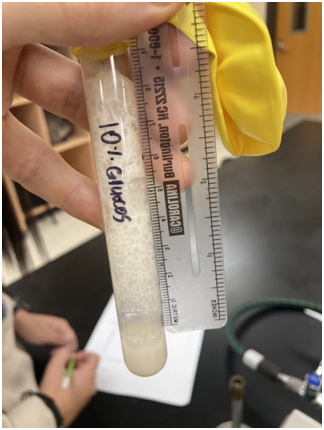
Figure 6
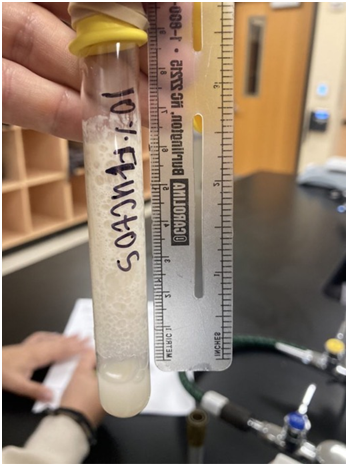
Figure 7
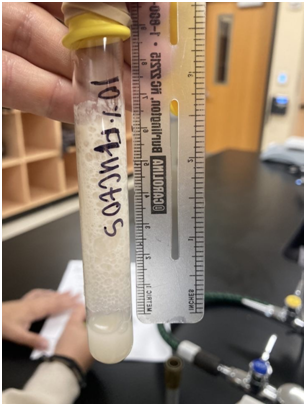
Figure 8












